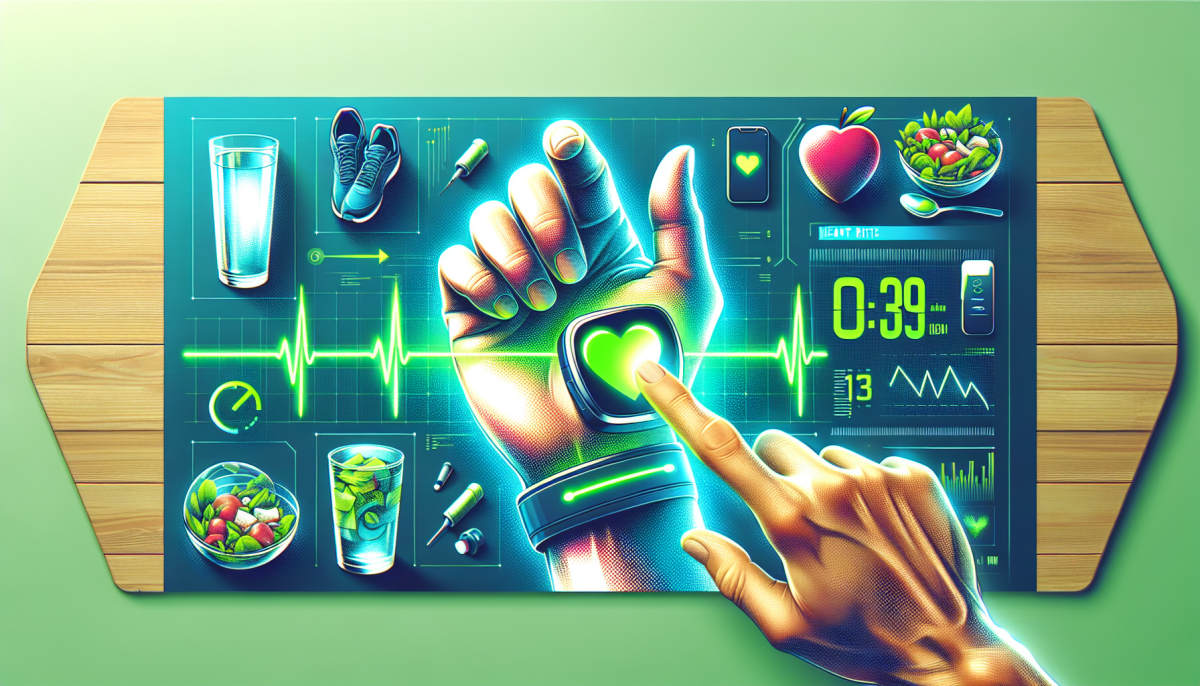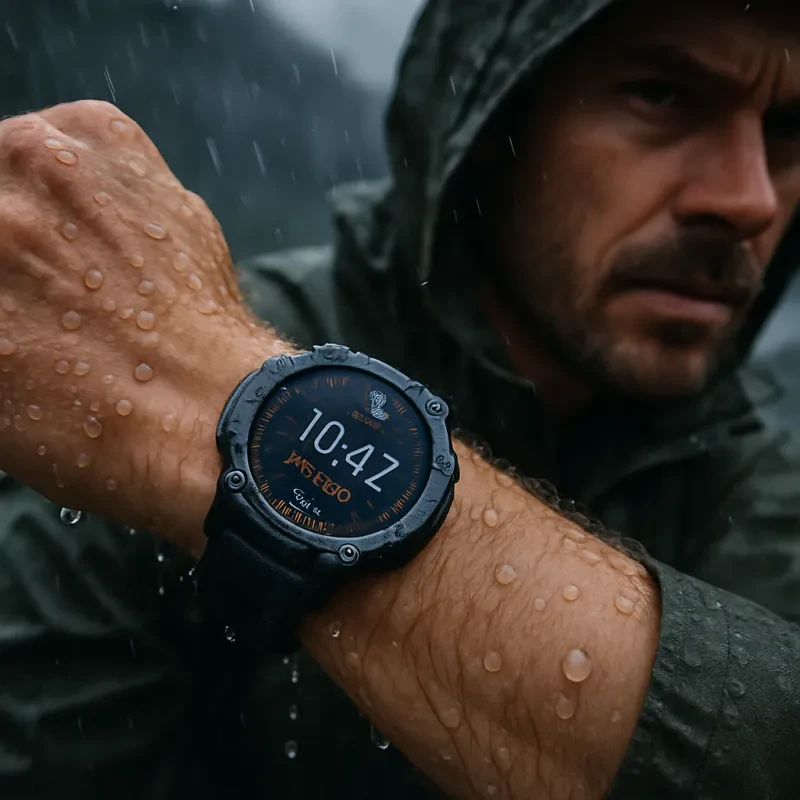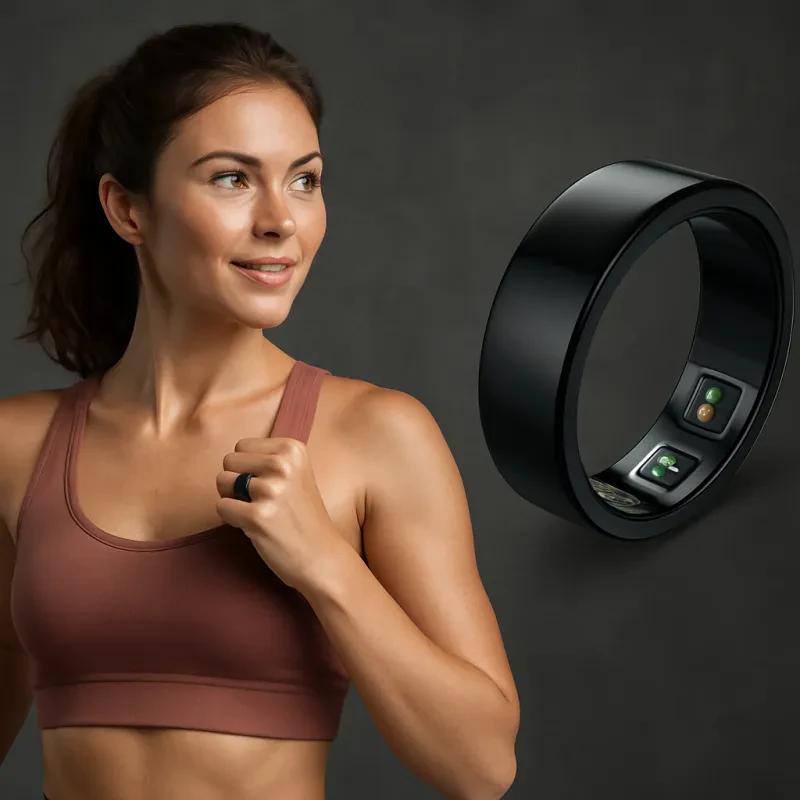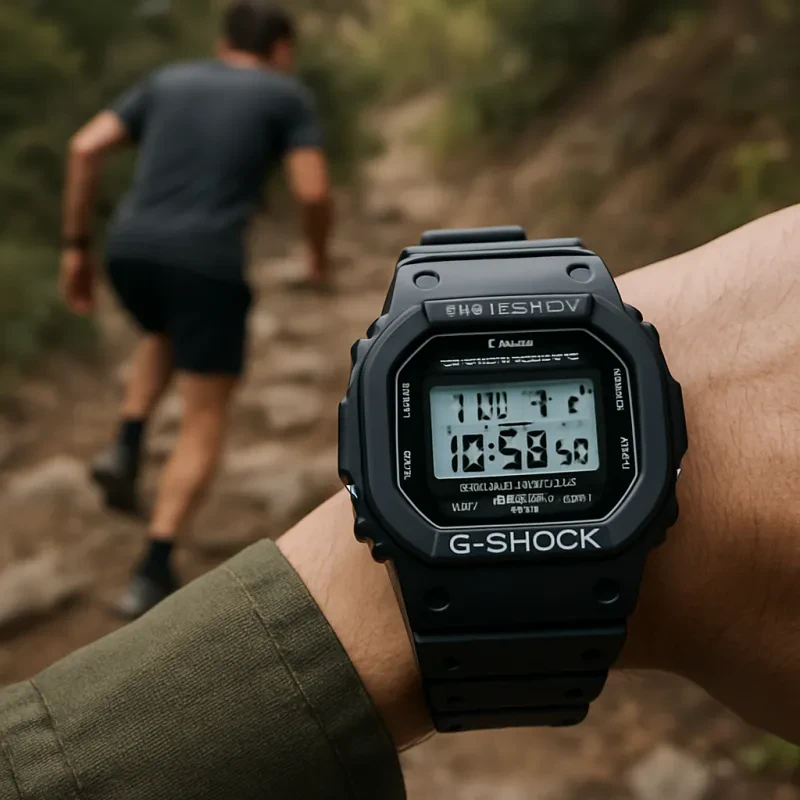A health rate monitor is a nifty little device that helps you keep track of your heart rate while you’re on the move. Whether you're hitting the gym, going for a run, or just enjoying a brisk walk, these monitors give you real-time feedback on your heart rate. They're super handy for anyone who wants to stay on top of their fitness goals or monitor their health.
There are different types of heart rate monitors available, but they generally fall into two main categories: wrist-based monitors and chest strap monitors. Wrist-based monitors look and feel like a regular watch, making them super convenient. They usually use optical sensors to measure your heart rate. On the other hand, chest strap monitors tend to be a bit more accurate, as they use electrical signals to measure your heart rate directly from your heart. It’s all about what feels best for you!
Most health rate monitors come with extra features, too! Many will connect to your smartphone or fitness apps, letting you track your heart rate over time, set fitness goals, and even monitor your sleep. This way, you can see how your heart responds to different activities and make adjustments as needed. It's great for staying motivated and making sure you're not pushing yourself too hard.
If you’re just starting out on your fitness journey, a heart rate monitor can be a valuable tool. It helps you understand how your body responds to different exercises, ensuring you're working out at the right intensity. Plus, it's always reassuring to see that your heart is healthy while you're breaking a sweat!
How They Work in Simple Terms
Alright, let’s break it down! Health rate monitors are pretty straightforward devices. At their core, they keep an eye on your heartbeat, which is super helpful whether you’re working out or just going about your day.
Most health rate monitors use a technology called photoplethysmography (try saying that three times fast!). What this means is they shine a light (usually green) onto your skin. When your heart beats, blood flows through your veins, changing the amount of light that's reflected back to the monitor. By measuring these changes, the monitor can tell how fast your heart is beating.
Some monitors come with additional features like activity tracking, sleep monitoring, and even notifications from your phone. They sync up with apps on your smartphone, allowing you to see your heart rate trends over time. This is super useful for anyone wanting to improve their fitness or simply keep tabs on their health.
Using one is easy! Just strap it on your wrist, and you're good to go. Many models are water-resistant and rechargeable, so you don’t have to worry about taking them off when washing your hands or heading for a swim.
Choosing the Right Monitor for You
When it comes to picking the right health rate monitor, you want something that fits your lifestyle and helps you track your fitness effectively. There are a few key features to consider that can make a big difference in your experience.
1. Type of Monitor: You'll find two main types: wrist-based and chest strap monitors. Wrist monitors are convenient for everyday wear and work well during light exercises. Chest straps, on the other hand, provide more accurate readings, especially during intense workouts. Think about what suits your activities best!
2. Connectivity: Many monitors today come with Bluetooth or ANT+ connectivity, allowing them to sync with your smartphone or fitness apps. This can be a game-changer for tracking your progress over time. If you love data and insights, choosing a monitor that connects easily to your devices will enhance your experience.
3. Comfort and Design: Nobody wants to wear something uncomfortable. Look for options that fit well and don't irritate your skin. If it feels good, you're more likely to use it consistently. Make sure it also matches your style—after all, it’s an accessory too!
4. Battery Life: A long battery life is a must! The last thing you want is for your monitor to die during a workout. Check the specs and see how often it needs recharging or if it uses replaceable batteries. The less you have to think about charging, the better!
Top Tips for Accurate Readings
Getting accurate readings from your heart rate monitor is key to tracking your health effectively. Here are some top tips to help you get the most reliable results every time.
- Wear it correctly: Make sure your monitor is snug but not too tight. If it's a wrist device, it should rest about an inch above your wrist bone. For chest straps, position the sensor just below your chest muscle.
- Choose the right time: For the best readings, try to measure your heart rate at rest, like in the morning before you get out of bed or after a short period of quiet sitting.
- Keep it clean: Dirt and sweat can interfere with the readings. Wipe your device regularly, especially the sensors, to keep things running smoothly.
- Avoid caffeine and heavy workouts: If you want an accurate baseline reading, steer clear of caffeine and intense exercise 30-60 minutes before you test your heart rate. These can spike your heart rate and give misleading results.
- Stay still: When checking your heart rate, sit still and relax. Movement can throw off the readings, so take a few deep breaths to calm down first.
By following these simple tips, you’ll be on your way to getting the most accurate heart rate readings possible. It’s all about making those little adjustments to enhance your health tracking!
KALINCO Fitness Tracker Smartwatch - Heart & Health Monitor
Stay on top of your health and fitness goals with this easy-to-use smartwatch that tracks your heart rate and more
Product information
$19.99
Product Review Score
4.22 out of 5 stars
87 reviews


